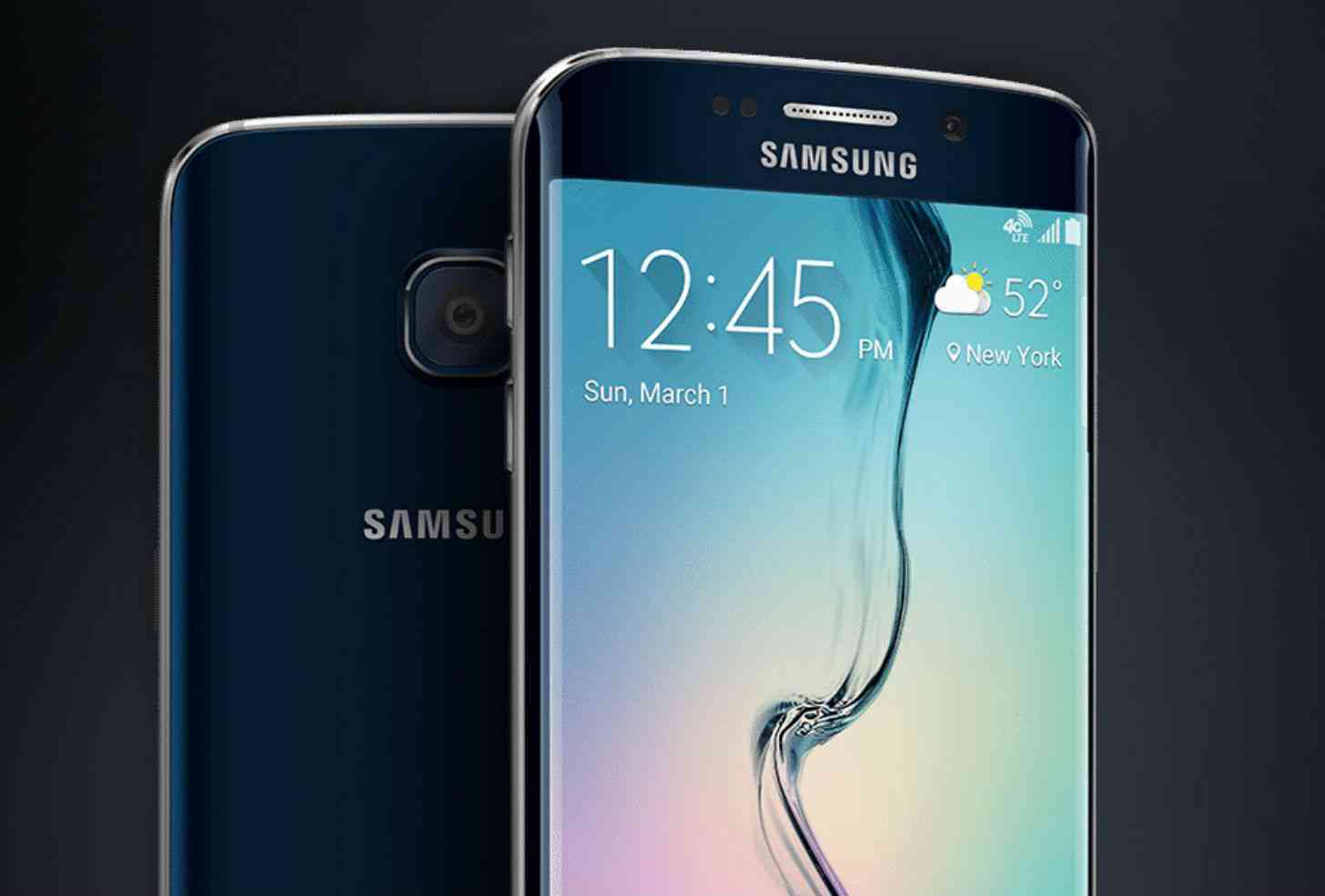
It seems like only yesterday that two-year contracts were still the routine at the major wireless carriers in the United States. A staple for so many years, it’s almost strange to look at the lay of the land right now, from Verizon to Sprint, and see that two-year contracts are no longer the go-to selling point for these national carriers.
And while one carrier might be deemed worthy of bringing major sweeping changes to the wireless industry, we can also put some of that on the Internet, too. People have been complaining about wireless carriers’ two-year contracts for a long time, but that dissatisfaction is a lot more prominent now thanks to the cacophony of voices and noise on the ‘net.
So waiting two years, or close to it, to get a new smartphone or tablet is no longer mandatory any longer, or even frowned upon by the carriers. You can simply throw down some cash every month for that phone you want, and, at any time, pay the whole thing off to get a new one if you want. For all intents and purposes, for the folks that like to get new phones a lot, the death of the two-year contract was a long time coming.
Better late than never, right?
Even keeping your smartphone takes on a different look these days. Back then, when you were locked into a contract and that phone, there weren’t a lot of easily navigable way to get something new. Something better. Despite the fact that phone manufacturers were (and still are) more than willing to launch better devices whenever they want, which often worked against a contract’s terms, customers were forced to just sit idly by and wait. Sure, that meant that they got the next-next best thing, but sometimes waiting is rough.
However, now you can “get out” of those payments for your current smartphone just by paying it off, selling it or trading it in, and then getting something new. Speaking from experience, the overall approach is pretty quick and easy, and I’m —overall— a fan of the execution. Even as I’ve toned back getting new phones all the time, it still comes in handy more often than not.
Now that getting something new is easier than ever before, the incentive to keep a phone might be pretty lean. So, perhaps more than ever before, the question is whittled down to: Is this good enough to keep being my daily driver? Do I need to get something new this year? Is my phone from 2015 going to get me to 2017, or is the newest flagship really what I need? Or, perhaps more accurately, want?
2015 saw a lot of strong phones launch into the public domain, including strong entries from Samsung, Motorola, LG, and Apple. For anyone that picked up a smartphone from those companies in 2015, I don’t think you’d really be suffering if you waited through 2016 to get something new and, presumably, even more exciting in 2017.
The struggle could very well be real, though. After all, getting something new and better is easier than ever before for the majority of wireless customers. Plus, the phones launching this year are probably going to be pretty great. So … why wait, right?